MercoPress. South Atlantic News Agency
Tag: Cuban Economy
-
Tuesday, November 6th 2018 - 08:58 UTC
Cuban economy again on the downturn; austerity measures to continue into 2019
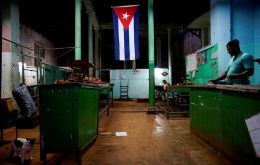
Communist-run Cuba’s economic growth will come in at around 1% this year, compared with the 2% previously forecast, due to a fall in exports and tourism revenue, state-run media reported over the weekend. The Caribbean island’s gross domestic product grew 1.8% last year and 0.5% in 2016.
-
Thursday, August 9th 2018 - 08:15 UTC
Cuban private farmers given more incentives to increase production
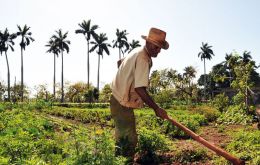
Cuba said this week it was doubling the amount of land it granted would-be farmers and the lengths of their leases in an effort to increase stagnating agricultural output. The state owns 80% of the land and leases most of that to farmers and cooperatives. The remainder is owned by some 400,000 private family farmers and their cooperatives.
-
Monday, January 2nd 2017 - 12:41 UTC
Castro condemns “obsolete mentality” against foreign capital, as economy contracts
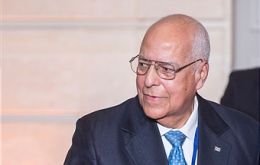
In spite the significant surge in tourism set off by the detente with the United States, Cuba’s economy shrank in 2016 for the first time in nearly a quarter century with the main culprit: a plunge in aid from crisis-stricken Venezuela. President Raul Castro called on the Cuban people to overcome the obsolete mentality against foreign capital.
-
Friday, December 20th 2013 - 06:35 UTC
After fifty years Cubans can now buy and sell cars, but for most non affordable
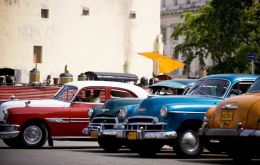
Cubans will be able to buy new and second-hand cars from state-run retailers without a permit under new rules approved by President Raul Castro's government. The measure, announced Thursday by the official media, is another step in Castro's plan to “modernize” the island's socialist economy and lift decades-old market restrictions.
-
Tuesday, October 22nd 2013 - 22:50 UTC
Cuba to scrap two-currency system which helped creation of a two-tier class system
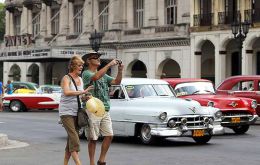
Cuba is to scrap its two-currency system in the latest financial reform rolled out by President Raul Castro, official media report. Since 1994 Cuba has had two currencies, one pegged to the US dollar and the other worth only a fraction of that. The more valuable convertible peso (CUC) was reserved for use in the tourism sector and foreign trade. Now its value will be gradually unified with the lower-value CUP, ending a system resented by ordinary Cubans.
-
Saturday, September 8th 2012 - 06:07 UTC
Red tape, bureaucracy and ideology limiting foreign investment in Cuba
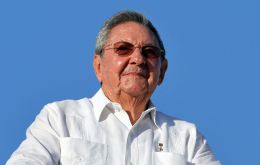
Cuba's failure to encourage more foreign investment is crippling its economic performance and putting its goal of sustainable growth in danger unless changes are made, local experts and diplomats said this week.
